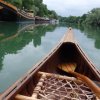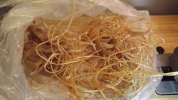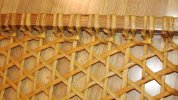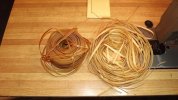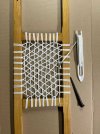Ben Fuller
Curious about Wooden Canoes
Need to remove broken pressed seats. What is best way to loosen the glue? I've cut the seats out and cut the pressed wood flush. I'm tempted to leave it in place as I plan to replace it with showshoe/ babiche webbing which I find much more comfortable.

